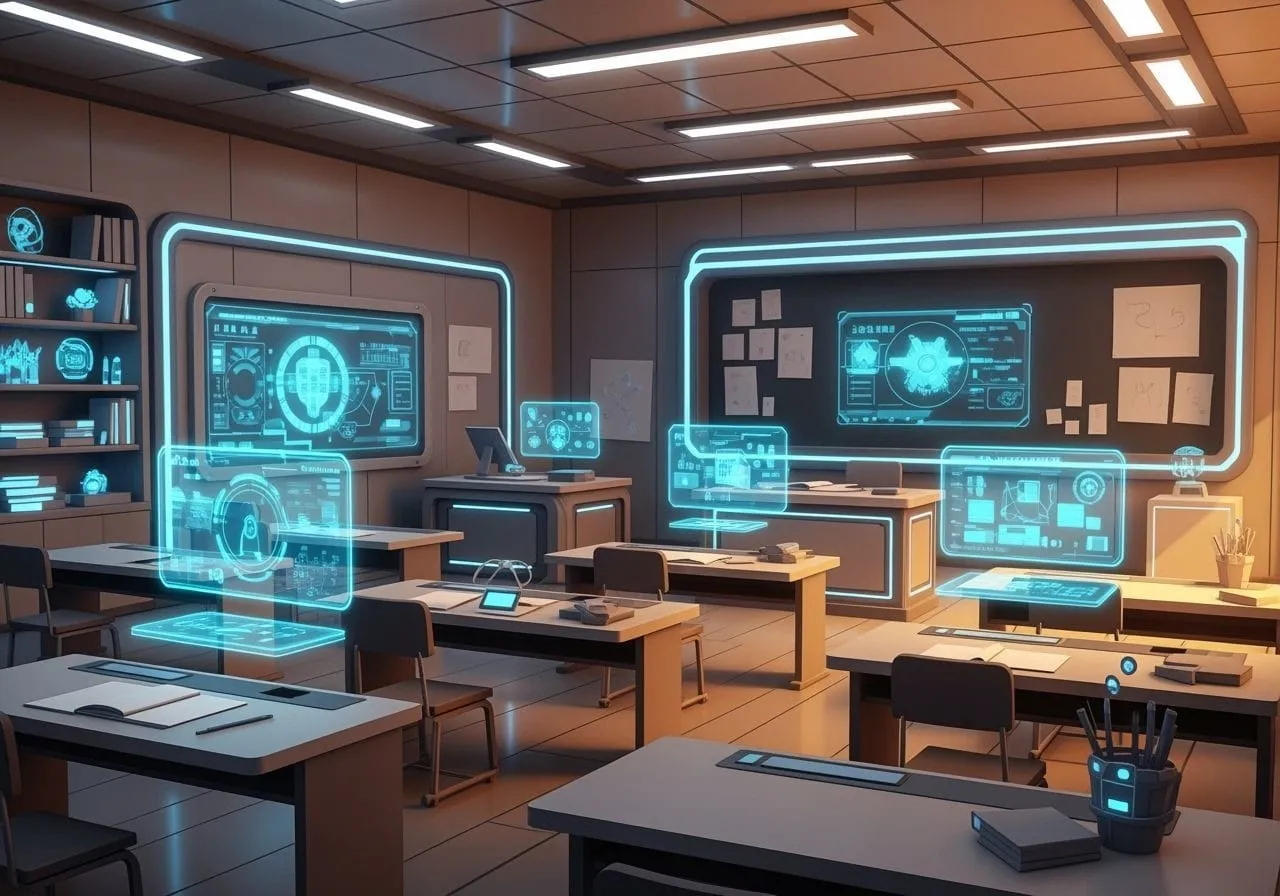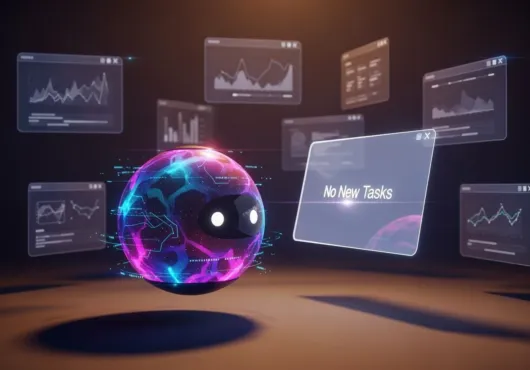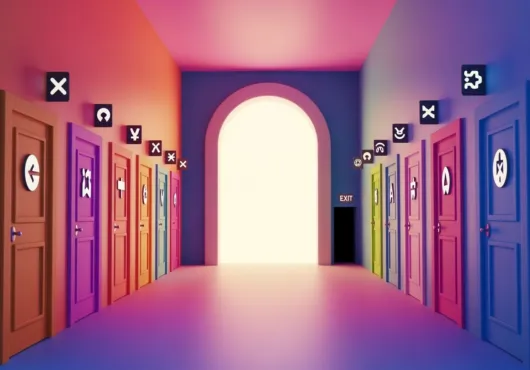AI in education sounds like the best thing since the chalkboard. A dream where every student gets tailored lessons, every teacher gets a personal assistant, and every classroom is perfectly managed by algorithms that never need a break. But before we start handing over the keys to the AI-driven future, let’s be honest: most of what’s promised is pure smoke and mirrors.
The Hype: How AI is Selling Us a Fantasy
First off, let’s get this straight: AI in education sounds like the ultimate solution. It’s presented as a way to overcome everything from overcrowded classrooms to outdated teaching methods. A perfect world where the classroom of tomorrow is managed entirely by machines, making learning more efficient, personalized, and adaptable.
- AI in education promises personalization but often fails to deliver.
- Real progress requires more than just tech—it needs genuine human connection.
- The truth doesn’t wait for a perfect system; it demands human insight and timeliness.
But here’s the catch: it’s mostly an illusion. The promises of AI-driven personalized learning are built on the idea that data can understand individual needs, but that’s a dangerously simplistic view. We’ve heard this story before—tech companies selling us an ideal world that’s never as polished as the pitch. The idea that AI is here to give every student a custom-tailored learning path is mostly just smoke, and the fire? It’s barely there.
The False Promises: Personalization Is Just a Buzzword
“Personalized learning” is the new buzzword in education circles, but let’s break it down: AI isn’t personalizing anything. It’s analyzing a student’s past actions, behaviors, and responses and giving them more of the same. It’s the digital equivalent of serving you the same meal every night because it “knows” what you liked last time.
AI isn’t personal—it’s transactional. It doesn’t understand the reasons behind a student’s struggles—be it mental health, financial stress, or something deeper. It doesn’t ask why. It just processes data and moves on.
We’ve built an education system on the backs of standardized tests, but now we’re selling AI as the answer to individualized education when the reality is, it’s just another cookie-cutter model. No algorithm can replace the insight that comes from a teacher’s understanding of the human condition.
The Unseen Consequences: Letting Algorithms Decide What Matters
Here’s the dark side to all this: AI doesn’t just analyze students—it decides what matters. If we’re not careful, we’ll end up with an entire generation taught by algorithms that prioritize the “most efficient” way of learning, not the most valuable.
When AI is given control over a child’s learning path, it’s not thinking about fostering creativity, curiosity, or critical thinking—it’s optimizing for speed, efficiency, and data patterns. What happens to the messy parts of education—the moments when a student’s wandering thoughts lead to a breakthrough idea, or when a teacher breaks the lesson plan to address a sudden shift in the class dynamic? Algorithms don’t do that. They stick to the plan, which sounds great for efficiency, but terrible for actual growth.
By putting our faith in AI, we risk losing the spontaneity that makes education unique, and we let machines decide what’s important. The result? A future generation that’s faster at processing data but less equipped to think outside the box.
The Real Power of AI: Making Teachers More Efficient, But Not Smarter
Here’s the truth: AI can automate the busy work. Grading, scheduling, data entry—done. But it doesn’t replace what a teacher actually does. It doesn’t make lessons more engaging, and it sure as hell won’t build the relationships that turn failing students into success stories.
AI doesn’t make teachers smarter—it makes them more efficient. It won’t teach you how to read a room or manage a class of restless teenagers.
Ready for Prime Time, or Just a Tool for Busywork?
When AI takes over a child’s learning journey, it’s like handing the reins to a speedboat— entirely focused on the finish line. But what about the winding river that leads to the breakthrough? The one where a student’s random curiosity or a teacher’s impromptu detour might just open up a whole new world of possibilities?
The truth is, AI can’t save education. But maybe, just maybe, we can use it to make our classrooms a little smarter without taking the humanity out of them.



